BM: Interesting model, to apply Maslow to service. Especially since Maslow is, even in psychology now, something that people do not really find super sexy anymore. But, I think it's good piece for conversation: ‘Is your service hungry? Is your service warm?’
RE: Right. Maslow as a framework has weaknesses, but it's a way to think about services in terms of growth and learning. You don't have to know Piaget's stages of development or Skinner's behavioural models to understand the principles of raising good services that live and evolve over time. I feel Maslow is accessible in that sense.
CL: In this issue of Touchpoint, we are bringing up the discussion about the relationship between service design and customer experience. What is your perspective on it?
RE: I think largely that they are labels that will dissolve. A lot of people I meet in advertising or in marketing might not know to call some aspects of their work ‘service design’ or might not know how much deeper they need to go to reach service design. In some ways, the real difference is how the discipline is applied. CX is really just an evolution of advertising by another name. If you think about: ‘We're designing for moments of a service, or moments of an experience’, however you call it, it's largely the same end, but the journey makes all the difference. Sometimes I think customer experience can look a lot like service design, but the work lacks the right kind of research that reflects that initiative is designed for what people, it becomes pretty clear it's not truly human-centric. Customer experience as it's practiced – at least from what I've seen in Chicago – can very easily be company-centric instead of customer-centric…
BM: And ‘packaging’ instead of designing. Hiding the bumps by making them look nicer, instead of avoiding the bumps.
RE: Right. I would say – and this is probably an unfair statement – CX is service design for people that don't want to get their hands dirty with real problems. If you think about customer experience, to your point, it's easy to stay on the surface. It's easy to really not dig deep into the processes, the culture and the company's fibre. Illustrating the difference like a swimming pool: shallow end, deep end. It's like bringing CX into the deep end. When you're in the shallow end you can do a lot of things that are fun without knowing how to swim. When you get into the deep end, you've really got to be able to swim at different depths, on multiple levels.
BM: In many cases, we say service design starts with wicked problems and with open-ended projects. And customer experience often has a clear briefing on what needs to be achieved, and that's quite a difference. Plus, I really like that the term ‘design’ is anchored in service design. Because it makes clear, there is design.
RE: Service design, at least in my experience, usually can start in any number of different ways. I feel like customer experience looks at: ‘What are people doing? And how can we entice them to do something we want them to do?’. Whether that's the right thing or wrong thing for the person in their relationship with a brand. I think brands will end up realising that they have splintered themselves trying reach people they don’t know. If they are not delivering their core service, then all of those enhancing really nice – maybe even sexy design-type things – are really not that valuable because, at the end of the day, the relationship will suffer regardless of the how cool enhancing aspects of the service might be.
If the advertising community in Chicago had more of an ethnography mentality, they would gravitate towards service design instead of CX, but they gravitate towards CX because it is easier for them to sell repeatedly because they don’t solve any real problems. I feel like that's a personality difference between the people that practice service design versus CX. At a couple of CX events that I've been to, it's just advertising and ego. No one ever talked about their failures, what they learned in their process. If you go to a service design conference, people talk openly about their failures and what they learned from working with the people they were solving for. Also, the leaders in service design are so accessible. There's humility there. I feel like CX is very ephemeral and service design is fundamental, you can focus on the end-to-end system and not just, ‘How can I sell you new things’. Service design is much better at sustaining the relationships we form with the brands and services we live with.
CL: Based on this experience of yours, how do you see the future of service design in U.S?
RE: In the U.S., it's at a time when there are no small service design firms. They've all been bought. There's so much need and people that know to ask for it are grabbing it. And we have to see more cohesion within the United States. Chicago, for design, is a big city that's really a small town, but our ‘small town, big city’ is not necessarily connected with New York, San Francisco, Austin, Boston. There are great things going on in pockets, there's a pretty vibrant community springing up in the Raleigh/ Durham area, St. Louis, Minnesota, Pittsburgh and many other places, but it has to connect to grow…
BM: Yes, we have to build that map and figure out a strategy where all the different hubs in the United States work together. We need to make sure that this energy creates synergy. That's going to be a very exciting time. We thank you for this really great interview. Very passionate!
RE: Thanks for having me and it's a real honour to be asked.
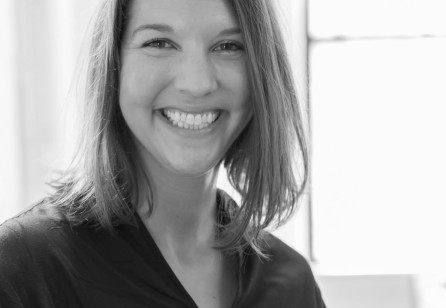



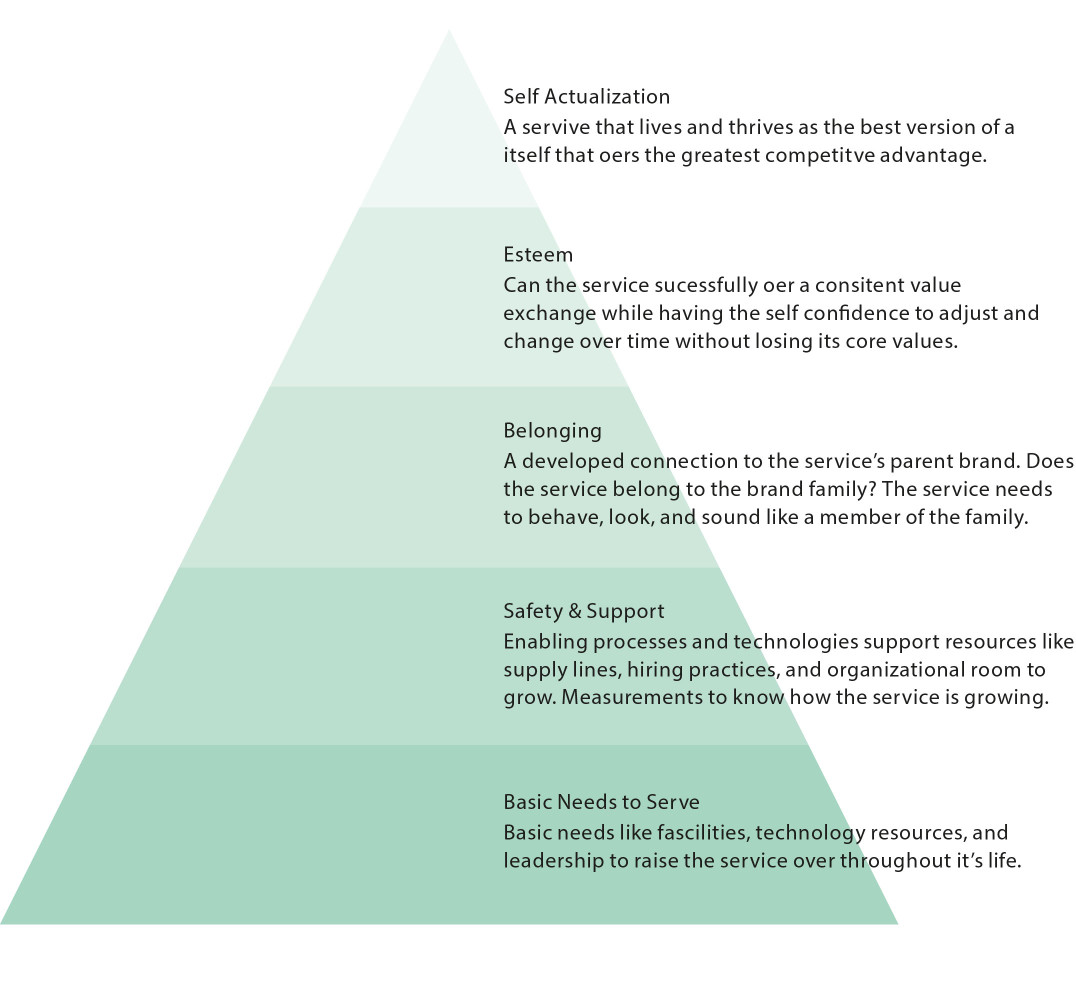


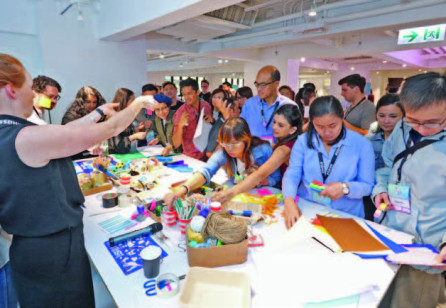
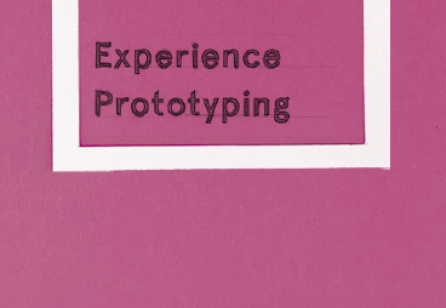
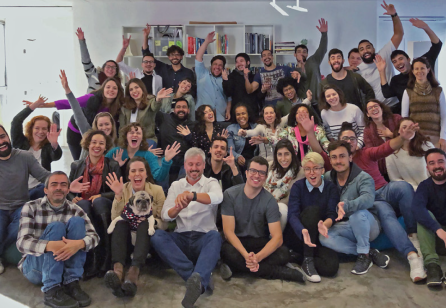

Share your thoughts
0 RepliesPlease login to comment